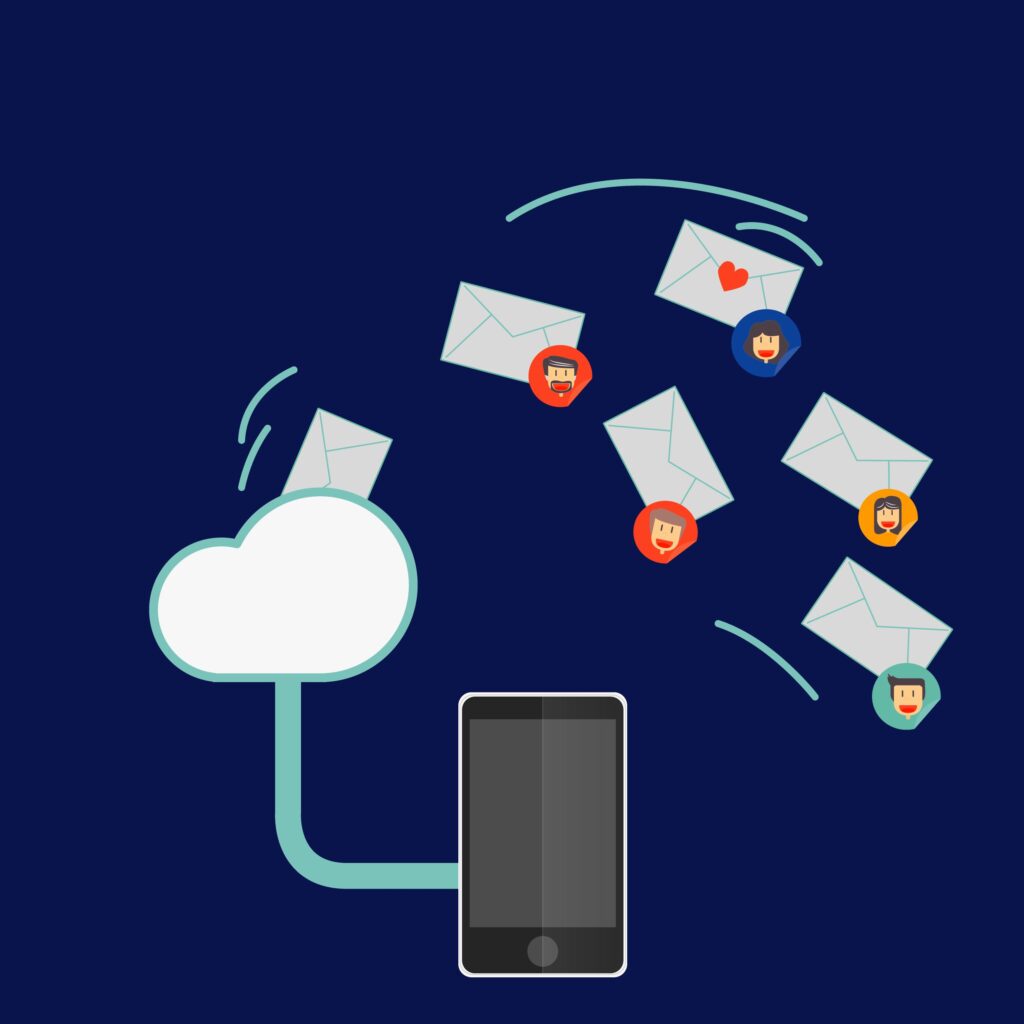What is SMS?

SMS is a short form as Short Message Service, as its name suggests, it’s comprised of a communication between mobile devices with as little as 160 characters plain text message that is based on protocols that are shared between the various platforms.
It is often referred to as texting. It is a method of sending messages that are only text. It is among the oldest technologies for texting and is the most widely employed.
The greatest benefit of using this app is that, unlike other applications, it doesn’t require download or even upgraded. It’s accessible to anyone with the right knowledge to utilize it.
The first SMS was sent to Europe on the 3 4 December 1992. Neil Papworth a test engineer for the Sema group. He utilized a computer in order to text “Merry Christmas” to the phone number of his colleague Richard Jarvis.
Then it was integrated into the GSM (Global System for Mobile Communication) standards. However, after a while it was transferred to wireless technologies such as CDMA as well as TDMA.
3GPP (Third Generation Partnership Project) was the one responsible for maintaining both GSM as well as SMS It is now ETSI (European Telecommunication Standards Institute).
Advantages of SMS
The volume of SMS texts that are exchanged daily is massive, the main reason that has led to the popularity of SMS is:
- Even if the phone of the recipient is off, it can be sentand be sent as soon as the phone is able to be switched back on.
- It is fully supported by GSM mobile phones. This is believed to be the most significant benefit.
- SMS messages are able to be sent and can be read at any time
- It’s quicker and easier to use, making it the most efficient one.

Let’s look at some instances of SMS applications to provide you with some insight into the possibilities by SMS messaging.
- P2P:
It is a common human-to-human communications in which a person sends an SMS message to another. If the mobile phone of the recipient receives the text message, it notifies the recipient by sending an audio or vibrating. The recipient can then see the text message after or right away and send a message back in the event that he/she wishes to. - A2P:
It’s an Application to Person SMS that is typically used for business-related purposes. Text messages are used to deliver information such as weather reports, news as well as financial information to their customers. A lot of these services aren’t free , and users are charged a fee or fee. The cost can be added to the monthly bill for mobile phones or taken out of credit on prepaid cards. - Alert and Notification:
SMS is an excellent technology to send messages and alerts about important occasions, such as E-commerce and credit card transactions, stock market alerts, and so on. - SMS Marketing:
It’s the same as an advertising channel which allows businesses to promote, advertise, and interact with their customers by text message. The advantages of marketing via text messages over traditional marketing methods is that they are personal communicating, and texts have a 98% response rate.
If you’re using web-based or other program for your personal computer to send out bulk SMS to promote or transactional reasons, you will require an interface that permits sending SMS without an actual mobile phone. This can be a SMS gateway.
How does SMS work?

It begins when you press “send” on your SMS Your message is then converted into data, and then sent to an extensive network of interconnected carriers that is SMSC. Your message will look for the fastest route to the intended recipient. Once it has been found, the message is transformed to a message, and then transmitted to the device using SMSC.
If you and the recipient use the mobile service from the same wireless operator The transmission of SMS messages involves the transmission of only one SMSC. The SMS message is referred to as an intra-operator SMS.
If you and the recipient use an mobile telephone service provided by the wireless operator of and wireless operator of B, respectively The transmission of SMS message requires two SMSC. This SMS message is known as an inter-operator SMS.
What is SMSC?

The SMSC integrates with other elements of the mobile network to determine whether the person is online. The Home Location Register (HLR) as well as the register for visitor locations (VLR) and the center for mobile switchers (MSC).
How does those component work with SMSC?
To determine where a terminal is located at any given moment it is necessary for the network to be able to locate the device as it moves. To accomplish this it is necessary for signaling messages to be sent frequently to update the network’s data about the user’s position. Particularly the system, it is divided into zones of location and each time a user moves within one of them an update to the location is issued.
Let’s take them in one at a time.
Home place Register (HLR):
The Home Location Register (HLR) is the principal database on the wireless network. It contains customer information, including call routing information and service entitlements of permanent subscriber details in a mobile network.
Visitor location register (VLR):
VLR provides information about subscribers who have been registered as subscribers elsewhere but may be roaming around the area.
The Mobile Switching Center (MSC):
The network is split into areas of service, each made up of multiple cells controlled by a central unit the central unit being Mobile Switching Center. It is an agent for routing messages for SMS conference calls, faxes and service bill in addition to communicating with other networks.
Each time a user is registered as a roamer within an area that is new, signaling occurs among the MSCs involved and the databases are properly updated. The information stored in these registers allow the network to find an individual user i.e. the network can determine the cell that the user could be identified at any given moment.
Wrapping Up
In the end, SMS can be an incredible tool that can be used for numerous reasons, whether it’s messaging your friend, receiving notifications about the bank’s statements or even marketing it all is possible… And knowing the information about the way it works will allow us to utilize it more extensively and more efficiently.
